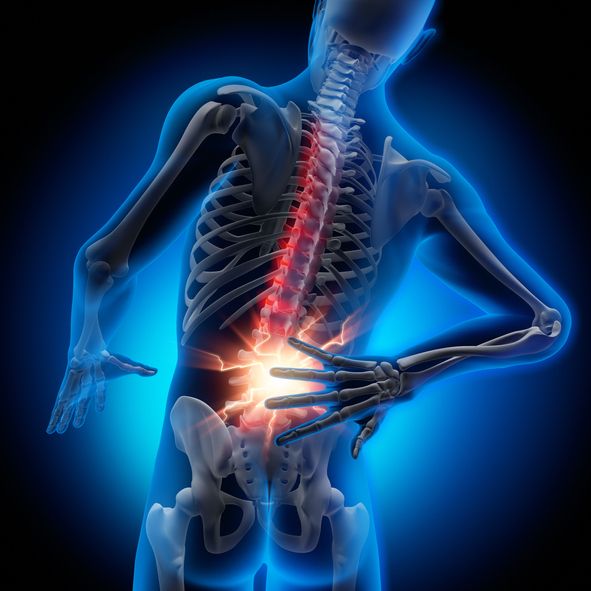
What Causes Lower Back Pain?
Lower back pain can come from a variety of sources, such as:
● Problems in the lumbar spinal column: Issues with the vertebrae or discs in the lower back.
● Muscle stress: Overworked or swollen muscles from bad posture, overexertion, or tension.
● Nerve compression: Commonly caused by a herniated disc pressing on nearby nerves.
● Internal organ problems: Pain referred from organs in the pelvic or abdominal region.
If your pain is serious, remains regardless of rest, or features signs like leg pain, feeling numb, weak point, or inexplicable weight loss, it's important to see a doctor.
How Ayurveda Can Help
Ayurveda, with its holistic and time-tested remedies, offers natural solutions for treating lower back pain. Here are some treatments that can assist:
● Kati Basti: This includes using warm, medicated oil straight to the lower back. The warmth and oil collaborate to relieve stiffness, promote blood flow, and soothe pain.
● Elakizhi: Medicated organic leaves are utilized in a hot compress to ease muscle stress and promote recovery.
● Panchakarma (Basti): This treatment uses a medicated enema to calm Vata dosha (one of the body's energy types). Vata imbalance is typically connected to pain in the back, and Basti assists restore balance, reduce inflammation, and avoid reoccurrence.
Acupuncture for Pain Relief
Acupuncture is another powerful way to handle pain in the back. By
placing fine needles into specific points on the body, acupuncture:
● Stimulates the release of endorphins, the body's natural painkiller.
● Improves blood circulation and minimizes inflammation in the affected location.
● Works hand-in-hand with Ayurveda to offer a well-rounded and effective pain management option.
Yoga for Long-Term Relief
Yoga matches Ayurveda and Acupuncture, providing a way to handle pain every day. It helps by:
● Stretching and reinforcing the muscles: Yoga presents can help enhance versatility and ease tension in the back.
● Breathing workouts and meditation: These pcos treatment practices soothe the mind, reduce tension, and support your body's natural healing procedure.
While yoga alone may not completely remove the underlying causes of lower back pain, it can substantially relieve discomfort and assistance maintain a healthy, pain-free back with time.
A Holistic Approach for Lasting Relief
By combining Ayurveda, Yoga, and Acupuncture, you're not simply treating the signs-- you're attending to the root causes of lower pain in the back. These therapies interact to balance the mind and body, offering a more natural and thorough solution to pain relief. With this integrative technique, you can find not just physical relief but likewise a higher sense of well-being and balance in your life.
If you're trying to find a long-term, holistic method to manage your lower pain in the back, these therapies could be the answer.